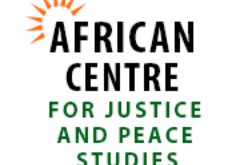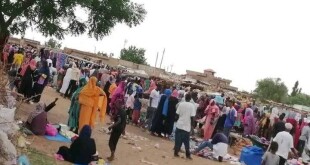This post is also available in: الإنجليزية
On 1 November 2009, registration for national elections slated to be held in April 2010 began throughout Sudan. Originally intended to end on 30 November, the process was extended one week until 7 December as many election stakeholders requested the National Elections Commission (NEC) to extend the registration period. The registration – a critical first step in the electoral process – occurred against the backdrop of a contentious political environment marked by political obstruction of peaceful political activities and human rights abuses, and an overall tightening of restrictions on civil and political freedoms. According to the NEC, at least 75.8% of eligible Sudanese were registered, which was quite close to the national target of 80%. This aggregate figure represents a 71% rate of registration of the eligible electorate in the North, and 98% in the South, respectively.1 The accuracy of these statistics, however, is thrown into doubt by dispute over the results of the 2008 census, which forms the basis of the estimation of potential voters. In South Sudan, there was particular pressure to register as a means of compensating for, or disputing, census figures which were felt to grossly underestimate the population of the South. Some of the states in the South have exceeded in registering over 100 % of eligible voters, according to the census.
 African Centre for Justice and Peace Studies ACJPS | المركز الافريقي لدراسات العدالة و السلام
African Centre for Justice and Peace Studies ACJPS | المركز الافريقي لدراسات العدالة و السلام



